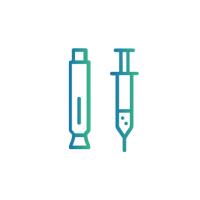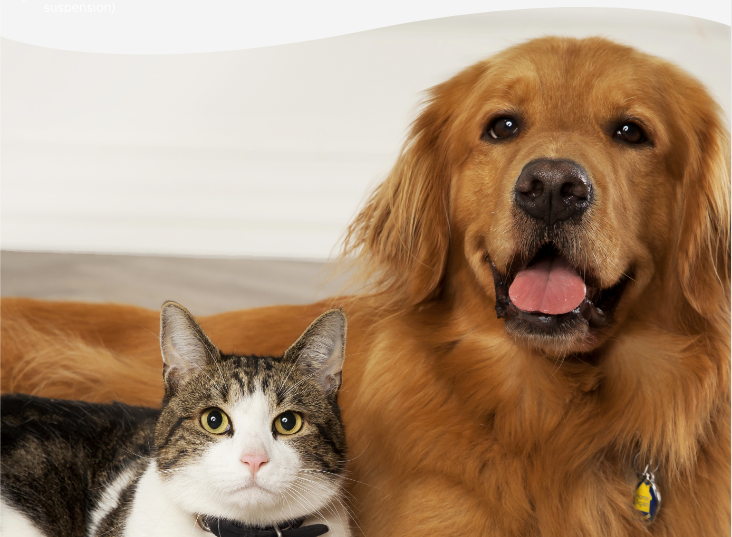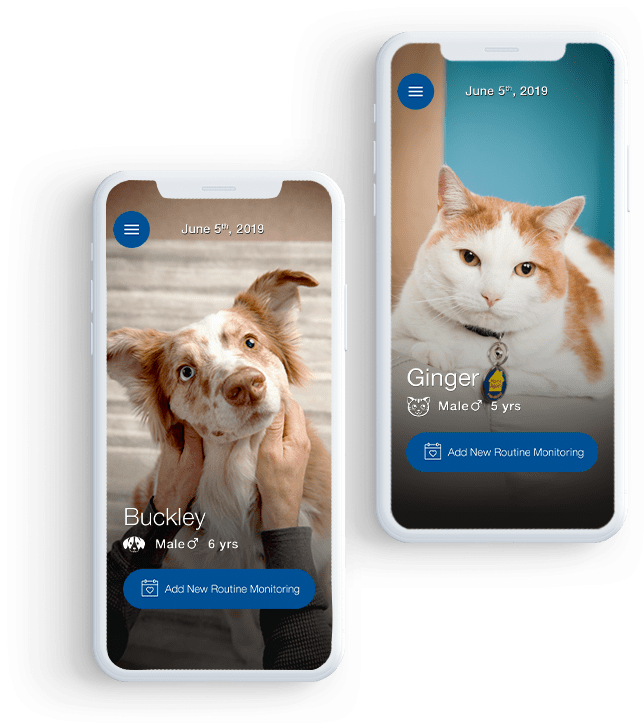

With You and
Your Pet for Life
Manage Diabetes for a Happy,
Healthy Life
Dogs and cats with diabetes can live a normal, healthy life with appropriate treatment and monitoring with Vetsulin® (porcine insulin zinc suspension).

Health Management
Control your pet’s glucose levels and signs of diabetes.

Two Ways to Administer Insulin
Use either a U-40 insulin syringe, or VetPen® with Vetsulin® cartridge.

FDA Approved
The first FDA-approved insulin for use in dogs and cats with diabetes.
What is
Pet Diabetes?
Diabetes mellitus (sugar diabetes) in dogs and cats results from a shortage of insulin. When your pet’s body produces little or no insulin—or if it can’t be absorbed properly—glucose (sugar) builds up in the blood instead of being used for fuel. Your pet will feel starved for energy, even if it has been eating normally.
Click to learn more about your pet’s diagnosis and care.

Know The Signs
of Pet Diabetes
You know your pet best. Keep an eye on your dog or cat for these signs of diabetes.




Tools to Help Manage
Your Pet’s Diabetes
Managing your pet’s diabetes can be easy with resources and support tools.

IMPORTANT SAFETY INFORMATION:
VETSULIN® and VETPEN® are for use in animals only. Dogs and cats known to have an allergy to pork or pork products should not be treated with VETSULIN®. VETSULIN® is contraindicated during periods of hypoglycemia. Animals with severe ketoacidosis, anorexia, lethargy, and/or vomiting should be stabilized with short-acting insulin and appropriate supportive therapy before use. As with all insulin products, careful patient monitoring for hypoglycemia and hyperglycemia is essential. Overdosage can result in profound hypoglycemia and death. Progestogen and glucocorticoid use should be avoided. The safety and effectiveness of VETSULIN® in puppies, kittens, breeding, pregnant, and lactating dogs and cats has not been evaluated. Keep out of reach of children. Avoid contact with eyes. In case of contact, immediately flush eyes with copious amounts of water for at least 15 minutes. Accidental injection may cause clinical hypoglycemia. In case of accidental injection, seek medical attention immediately. Exposure to the product may induce a local or systemic allergic reaction in sensitized individuals. For complete safety information, refer to the product label.



 For Dogs
For Dogs For cats
For cats

